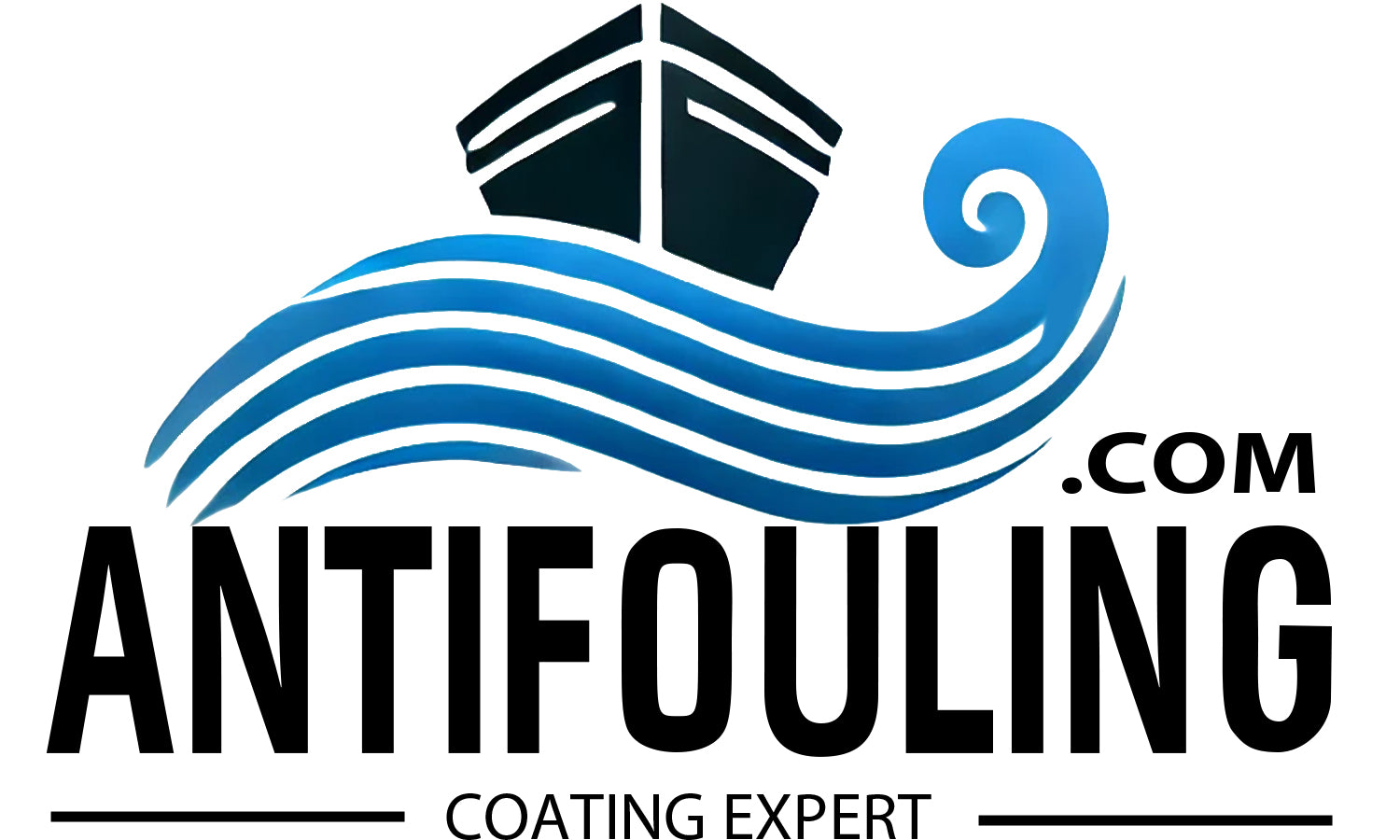Glass fiber reinforced plastic boats (GRP boats) are popular because they are light, robust and durable. But this type of construction places special demands on antifouling protection. In this article, you will learn which antifouling is best suited for GRP boats and what you should look out for when choosing.
Why is antifouling particularly important for GRP boats?
GRP boats offer a smooth, non-porous surface that is less susceptible to growth than wood or steel, but still requires protection. Without antifouling, algae, mussels and other organisms quickly form on the hull. These can:
-
Increase the flow resistance and thus reduce the speed.
-
Drastically increase fuel consumption.
-
In the long term, attack the surface of the GRP.
Self-polishing antifouling for GRP boats
Self-polishing antifouling is an excellent choice for most GRP boats, especially if they are used regularly. The properties of this type are:
-
Mechanism: It continuously releases active ingredients as the top layer slowly dissolves in water.
-
Advantages:
-
Consistent protection throughout the entire season.
-
No need to constantly apply multiple layers.
-
-
Application: Perfect for boats that are permanently in the water and are used regularly.
Pro tip: When using self-polishing antifouling, apply several coats in different colors. This way you can see early on when touch-ups are needed.
Hard antifouling for trailer-GFK boats
For GRP boats that are transported on a trailer or reach high speeds, hard antifouling is the better choice. It offers:
-
Mechanism: Forms a solid, resistant layer that releases active ingredients more slowly.
-
Advantages:
-
Robust against mechanical stress when slipping or trailering.
-
Longer lasting than self-polishing antifouling.
-
-
Disadvantages:
-
May result in uneven growth with less use.
-
Pro tip: With hard antifouling, you should apply a new coat every year to renew the protection and ensure effectiveness.
Biocide-free alternatives
In inland waters or environmentally critical zones, biocide-free coatings can be a sensible alternative. These are based on physical principles and prevent organisms from adhering due to extremely smooth surfaces.
-
Advantages:
-
Environmentally friendly and without toxic substances.
-
No release of chemicals into the water.
-
-
Disadvantages:
-
Requires more frequent cleaning during the season.
-
Less effective in saline waters.
-
Note: Biocide-free coatings are often less durable and are particularly suitable for boats that are regularly taken out of the water.
Important information on use
-
Preparation:
-
Clean and sand the GRP hull to ensure optimal adhesion.
-
Use a suitable primer, especially on new GRP or when the primer is no longer intact.
-
-
Layer structure:
-
Apply at least two coats of antifouling to achieve sufficient protection.
-
Note the drying times between coats.
-
-
Regular checks:
-
Check the condition of the underwater hull after each season and repair any damaged areas.
-
Conclusion: Which antifouling is suitable for your GRP boat?
-
Regularly used boats: Self-polishing antifouling provides long-lasting protection and requires little maintenance.
-
Trailer or high-speed boats: Hard antifouling is ideal because it is robust and durable.
-
Environmentally friendly: Biocide-free alternatives are suitable for inland waters, but require more care.
The right choice of antifouling depends on your individual usage conditions and waters. Get advice from a specialist to find the best solution for your GRP boat and ensure optimal protection.

Share:
How does antifouling work?
Is antifouling necessary?